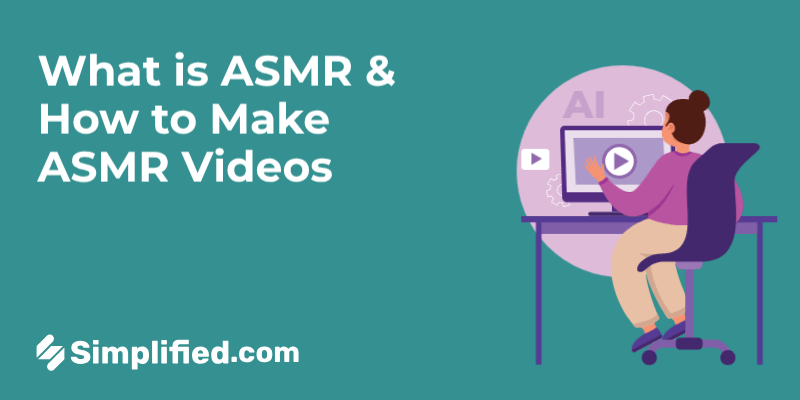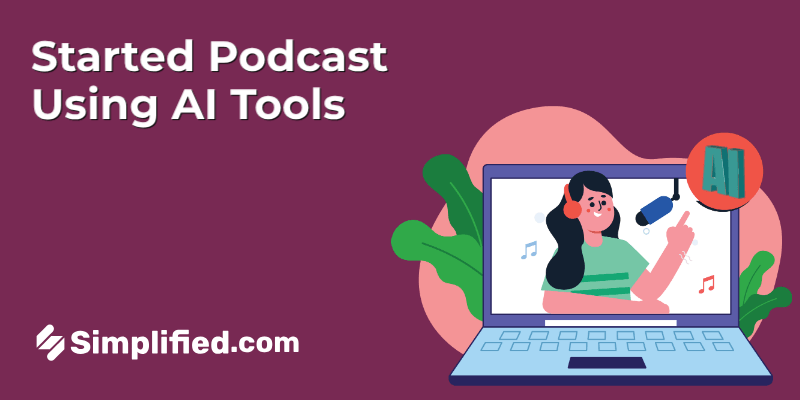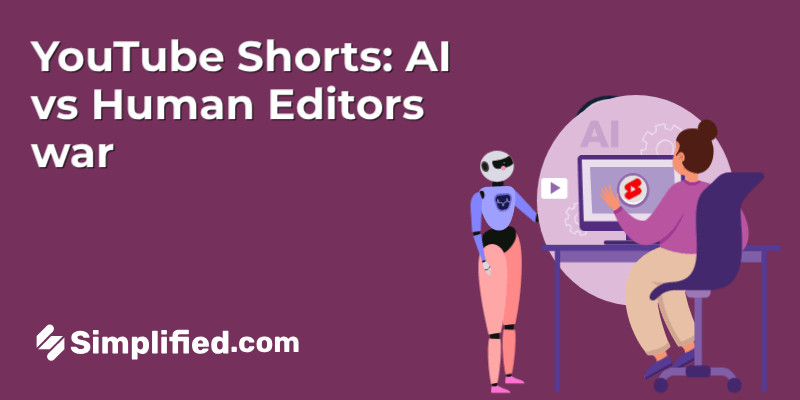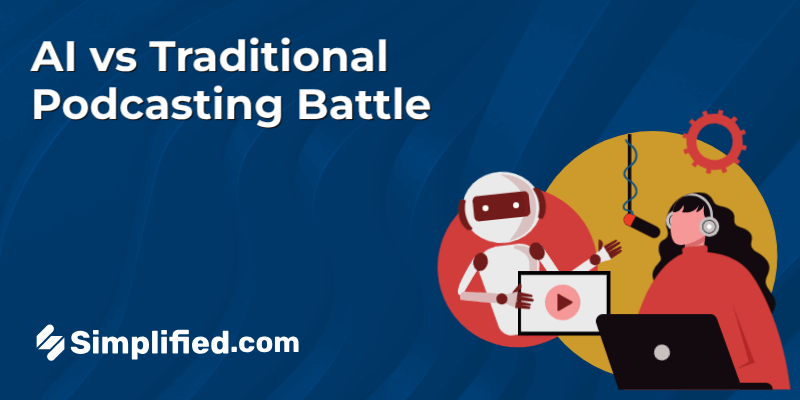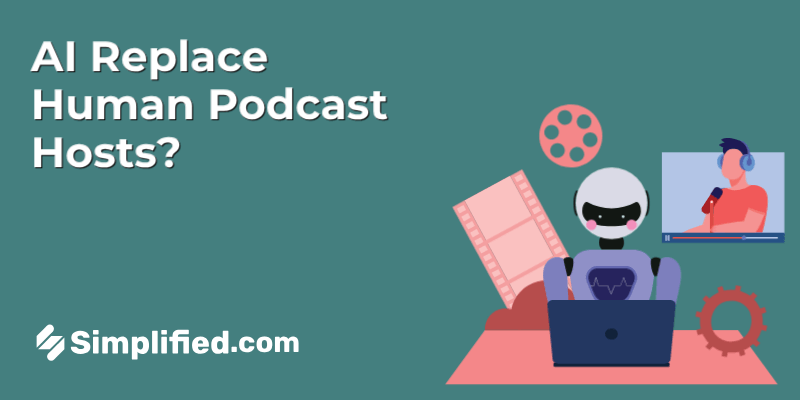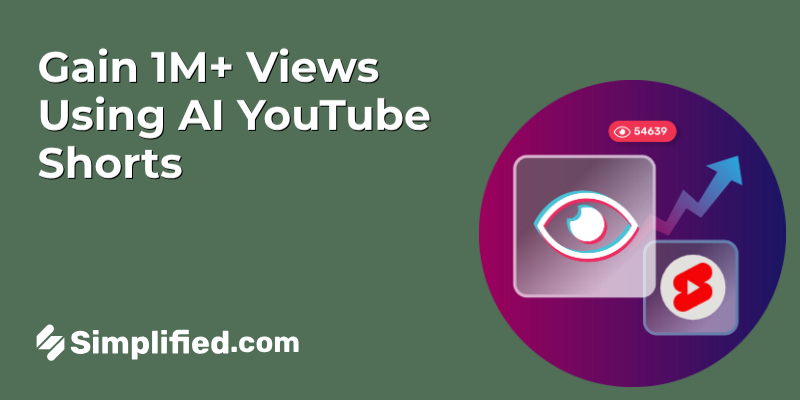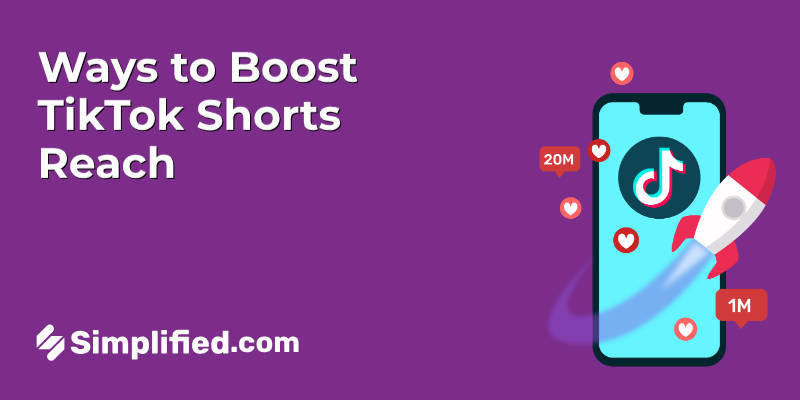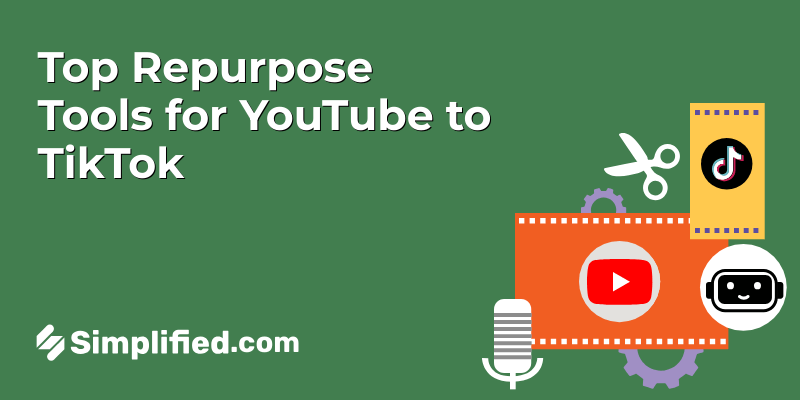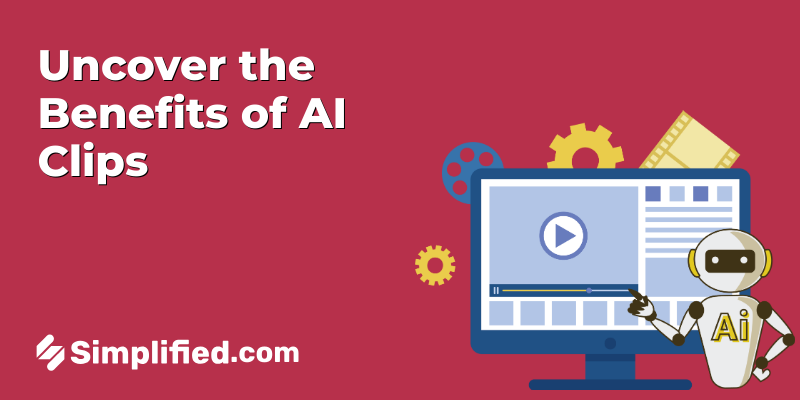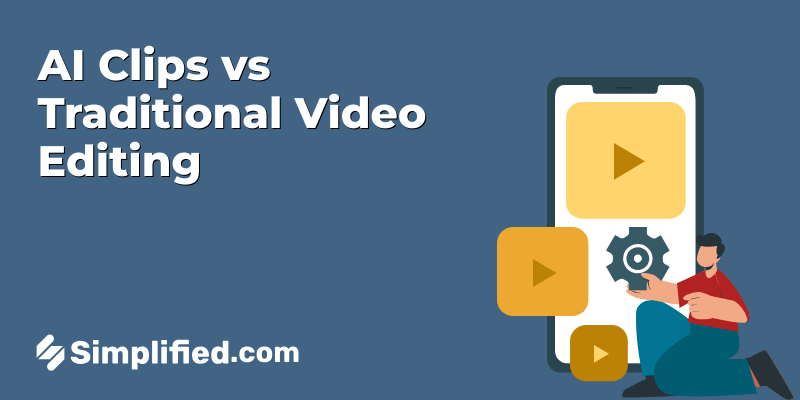
Video content has become a crucial asset for marketers, content creators, and businesses alike. The way you edit your videos can make a real difference in how effective and far-reaching your content is. In this landscape, two primary editing approaches stand out: AI video creation tools and traditional video editing techniques. Recognizing the distinctions between these methods allows you to tailor your approach to meet your specific objectives.
Short Clips, often generated through an AI clip generator, offer a modern solution for content production. These tools use advanced algorithms to analyze video footage, resulting in short, engaging clips that are ideal for social media and other platforms. In contrast, traditional video editing involves manual techniques that generally take more time but provide greater control and customization.
The choice between AI clips and traditional methods hinges on various factors. Let’s explore the unique benefits, limitations, and ideal applications for both methods to help guide your decision-making process.
- AI Clips:Great for producing quick and engaging content with less effort. They’re especially suited for platforms that need short, dynamic videos.
- Traditional Video Editing:Best for projects requiring detailed customization and creative input. This method excels in longer-form content where narrative and artistic elements are key.
Ultimately, selecting the appropriate video editing approach can substantially influence your content’s impact and success. Whether you choose automated tools like an AI Video clip generator or favor the traditional path, being aware of each approach’s strengths and weaknesses is essential for crafting compelling video content.
Bonus: How AI Clips Are Changing Video Editing for Content Creators
What Are AI Clips?
AI clips are concise video segments created using artificial intelligence technology. Unlike traditional editing, which requires manual cutting and arranging, AI clips take advantage of machine learning algorithms to simplify the editing process. These segments can be produced from longer videos, podcasts, or other multimedia files with minimal human input.
An AI clips generator identifies key moments within a video based on specific criteria such as audio cues, visual patterns, and contextual relevance. It then compiles these segments into cohesive, engaging clips that can be shared on various platforms. Common functionalities include automatic trimming, scene detection, and background noise reduction.
The rise of AI-powered video clipping services has gained momentum as content creators and businesses search for effective ways to generate short-form videos. Tools like Simplified AI generators save time and help maintain consistent output quality.
Overview of Traditional Video Editing
Traditional video editing involves the manual process of cutting, assembling, and refining video footage to achieve a polished result. This typically utilizes professional software like SolveigMM Video Editor Adobe Premiere Pro, Final Cut Pro, or Avid Media Composer, enabling editors to perform various tasks such as trimming clips, adding transitions, adjusting color and sound, and incorporating special effects.
This method can be time-consuming and often necessitates a high level of technical skill. Editors carefully piece together raw footage, dedicating hours or even days to a single project. Tasks involved in traditional video editing include:
- Reviewing and organizing raw footage
- Importing and syncing audio and video files
- Trimming clips to the desired length
- Adding transitions and effects
- Color correction and grading
- Adjusting audio levels and adding sound effects
- Rendering and exporting the final video
A defining feature of traditional video editing is the critical role of human creativity and craftsmanship. Editors apply their artistic vision and technical skills to narrate stories effectively, ensuring that the final product is visually appealing and emotionally resonant.
For those wanting to explore traditional video editing tools and methods, check out these best AI podcast clip generators and discover how AI is shaping modern content creation.
Advantages of AI Clips

In content creation, time plays a pivotal role. AI clips present several advantages that can enhance workflow and boost productivity.
Efficiency and Time-Saving
Creating video clips manually can consume considerable time. AI clip generators automate this process by analyzing longer videos and identifying essential moments, leading to rapid clip creation. This allows content creators to concentrate on other significant project elements.
User-Friendly for Beginners
AI clips generators are designed to be intuitive, making them accessible for those new to video editing. Their simple interfaces enable even novices to produce professional-quality short videos without extensive training.
Quick Creation of Engaging Short Videos
The ability to quickly generate short videos is another notable feature of AI clip generators. By identifying highlights and crafting clips promptly, they ensure the most engaging content is readily available for social media sharing, making them particularly valuable for marketers and content creators managing a vibrant online presence.
Bonus: AI Podcast Clips Get 5x More Views and Shares—Here’s How
Limitations of AI Clips
Despite the advantages of AI clips, there are limitations to consider before opting for them over traditional video editing:
Lack of Creative Control
While AI clip generators simplify the video creation process, they often fall short in terms of creative control:
- Pre-set Templates: AI tools usually rely on standardized templates that might not accommodate unique or highly customized editing requirements.
- Limited Artistic Input: Human editors infuse personal style and creativity into the editing process—something AI algorithms cannot fully replicate.
Understanding Context and Nuance
Another limitation lies in AI’s ability to grasp context and nuance:
- Misinterpretation of Content: AI can occasionally misinterpret scene context or dialogue, leading to misplaced emphasis or unintended omissions.
- Lack of Emotional Depth: Human editors are better equipped to understand emotional nuances, rendering edits that resonate more profoundly with the audience.
Technical Limitations
AI’s capabilities are confined by certain technical boundaries:
- Quality Control: AI may struggle to maintain output quality in complex editing scenarios with intricate details.
- Advanced Effects: Current AI tools often lag behind traditional software in executing advanced effects like 3D animations or customized visuals.
Acknowledging these limitations is vital for determining if AI clips align with your specific needs.
Bonus: AI Clips for Social Media: The Best Way to Repurpose Video
Advantages of Traditional Video Editing
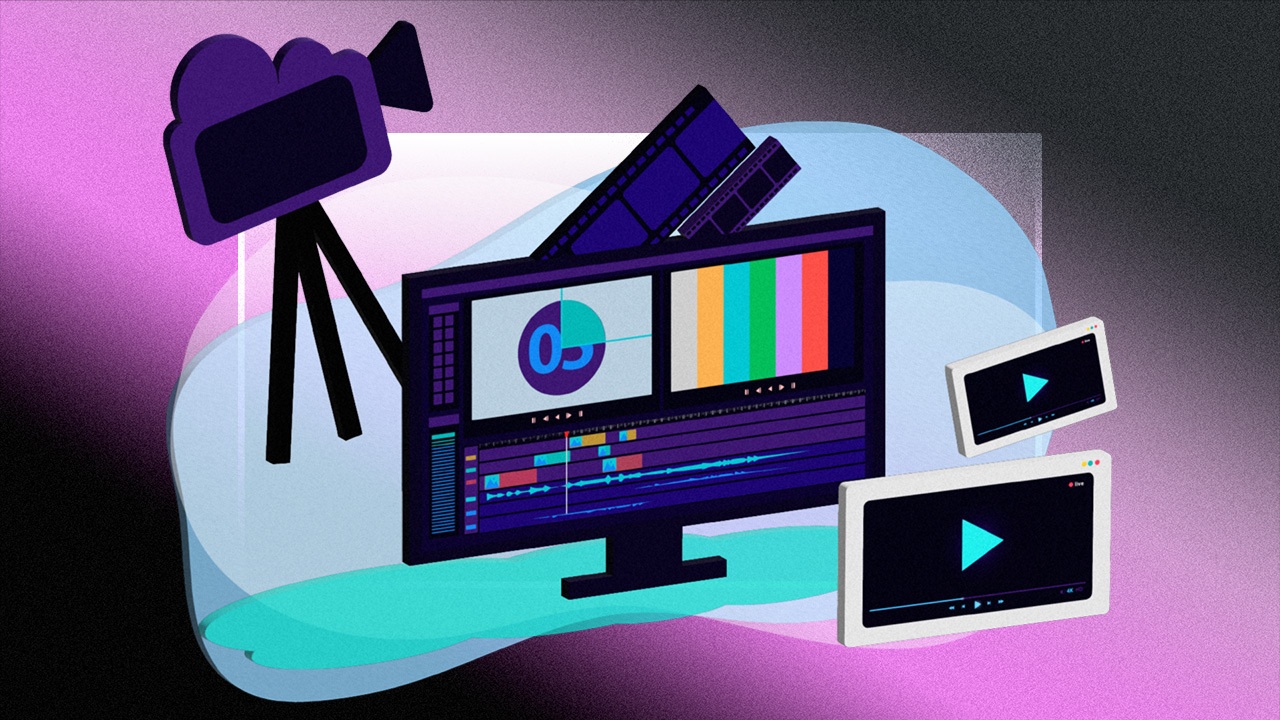
Traditional video editing provides numerous benefits that can elevate your content creation efforts:
- Creative Control and Customization: Editors wield complete control over every frame, allowing for precise adjustments that align with the creator’s vision, ensuring message accuracy.
- Personalized Touches: Traditional editing tools offer diverse options for including artistic elements such as transitions, color grading, and graphics, enabling videos to reflect your unique style.
- Complex Narrative Handling: Traditional editing is particularly effective for intricate projects requiring detailed management, making it invaluable for documentaries or feature-length stories.
Limitations of Traditional Video Editing
While traditional video editing is a time-tested approach, it presents limitations that can hinder creativity.
Time-Consuming Nature and Learning Curve:
One major challenge is the time required for traditional editing. Editing software can have a steep learning curve, making it tough for beginners. The manual process of arranging clips can be labor-intensive, particularly for long projects, leading to extensive time investments.
Need for Advanced Skills and Familiarity:
This method requires significant expertise and knowledge of various editing software. Professionals often need to master several tools to create the desired effects, posing a barrier for those without formal training.
Higher Costs Due to Manual Labor:
The costs associated with traditional video editing can be considerable. Hiring experienced editors can be expensive due to the manual effort and expertise needed, and high-quality software often comes with a price tag that may be out of reach for small businesses or independent creators.
Bonus: Why Small Businesses Should Use AI Clips for Video Production
Ideal Use Cases for AI Clips and Traditional Video Editing
The choice between AI clips and traditional editing significantly depends on your project goals. Both have distinct advantages and limitations, making them suitable for various scenarios. Here’s a closer look:
AI Clips:
- Quick Social Media Content: Ideal for short videos on platforms like Instagram, TikTok, and Twitter, allowing for rapid production and engagement.
- Content Repurposing: For events like podcasts or webinars, AI short repurpose tool can extract key moments for easy sharing across different channels.
- Limited Resources: If you’re on a small budget or have a small team, AI generators require less time and expertise.
- Instant Highlights: Perfect for events, live streams, or sports that need rapid dissemination of exciting moments.
Traditional Video Editing:
- Complex Promotional Videos: Best for polished projects that require professional crafting and creative input.
- Brand Narratives: Ideal for detailed brand stories that need a tailored approach, ensuring alignment with your brand’s identity.
- Custom Effects: Projects needing special effects, unique transitions, or advanced editing techniques are best served by traditional editing.
- Long-Format Content: For documentaries or educational materials that require high detail and narrative coherence, traditional editing excels.
To balance the strengths of both methods, consider these tips:
- Identify Your Priorities: Evaluate your project goals. Quick production may lean towards AI tools, while intricate narratives might benefit from traditional editing.
- Combine Approaches: Use AI tools for repetitive tasks while saving traditional methods for the finishing touches, achieving maximum efficiency and quality.
- Test and Learn: Experiment with both methods to discover their strengths in the context of your specific projects, refining your strategy accordingly.
By recognizing the unique benefits of AI clips and traditional video editing, you can make informed choices that address your content creation needs.
Conclusion
This comparison highlights the key disparities between AI clips and traditional video editing, with each method offering distinct advantages suitable for varying needs. Here’s a recap of the main considerations:
- Efficient Production: AI clips automate the editing process, while traditional editing allows for precise control over each video element.
- Customization: Traditional editing provides more opportunities for creativity and detailed adjustments compared to AI clips.
- Skill Level: AI tools are accessible for beginners, while traditional editing typically requires advanced knowledge.
- Cost Implications: Traditional editing may require investment in high-end software, while AI options can lower the financial barriers.
When deciding between AI clips and traditional video editing, reflect on your specific goals and available resources. For swift production and simple projects, AI tools present an excellent option, allowing efficient creation of engaging content.
However, for projects demanding intricate editing and creative input, traditional techniques remain unparalleled. They are particularly suitable for professional video projects that require thorough attention to detail and flexibility.
Ultimately, deciding between AI clips and traditional video editing depends on the unique demands of your project, its timeframe, and your expertise level. Both approaches offer significant potential to bring your video projects to fruition.
FAQs
Can I achieve the same quality with AI clips as with traditional editing?
While AI clip generators are efficient and increasingly advanced, traditional video editing generally provides superior quality for complex and highly customized projects. Traditional editing allows for detailed, personalized adjustments, giving human editors greater control. However, for simpler tasks like quick short videos, AI tools can be very effective.
How long does it take to learn traditional video editing?
The learning duration for traditional video editing varies widely depending on software complexity and desired proficiency. Beginners can take weeks to months to grasp basic editing skills, while achieving professional-level expertise often takes years of practice. This makes AI video tools an appealing alternative for those seeking quick and high-quality results.
Are AI clips suitable for professional video production?
AI-generated clips work well for social media content, marketing videos, and quick edits. However, professional projects requiring detailed visual effects, complex storytelling, or high-end production still benefit from human editing expertise.
Do AI video tools replace human editors?
AI tools assist with repetitive tasks like trimming, captioning, and scene selection, but they don’t replace human creativity, storytelling, or nuanced editing choices. They are best used as a complement to traditional editing.
Can AI clips be repurposed for different platforms?
Yes, AI clips can be adjusted for multiple platforms by resizing, reformatting, and optimizing them for specific audience preferences on social media, websites, or ads.
How do AI clips improve content repurposing?
AI tools automatically extract key moments, generate highlight reels, and reformat videos, making it easier to repurpose content for different uses, such as teasers, tutorials, or promotions.



